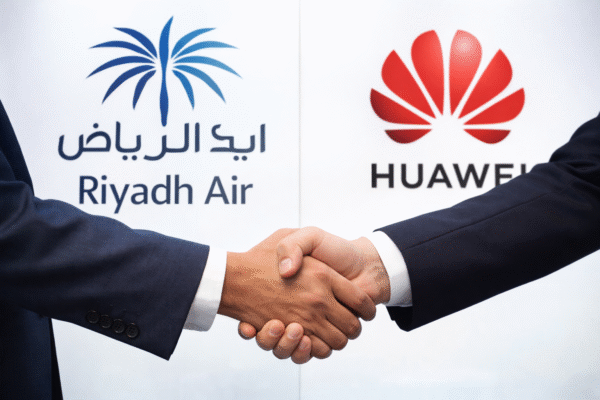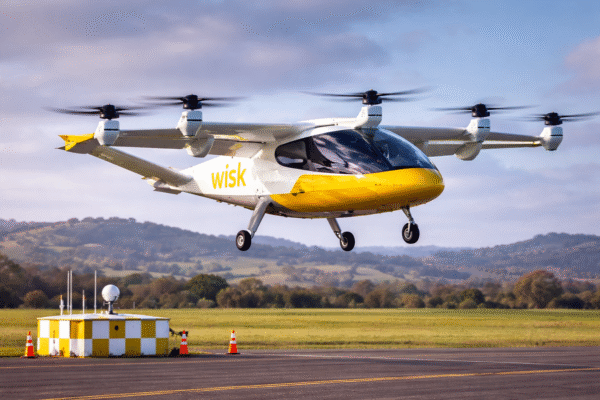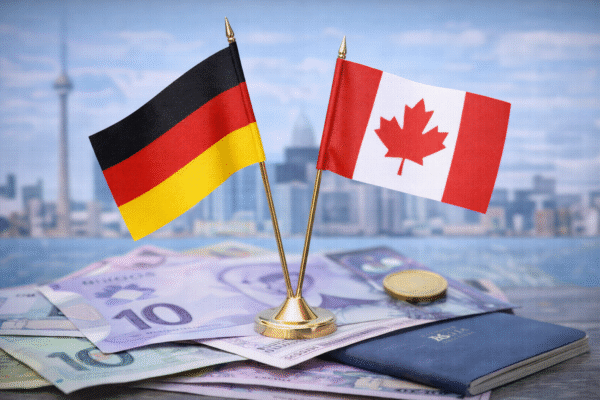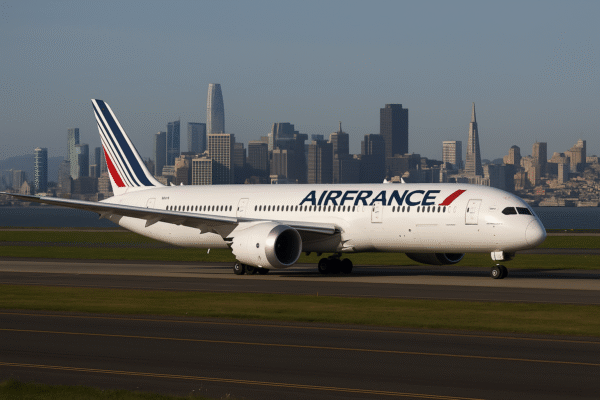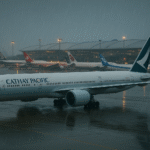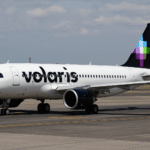Air France KLM Strengthens Greater China Presence with New General Manager Appointment Amid Booming Aviation Demand
Air France KLM has announced the appointment of Steven van Wijk as its new General Manager Greater China, effective August 1, 2025, marking a major strategic move as the Franco-Dutch airline group reinforces its footprint in one of the world’s most competitive aviation markets. Operating from Beijing, van Wijk will lead the airline’s regional operations across key aviation hubs: Beijing, Shanghai, Hong Kong, and Taipei.
This high-level leadership change aligns with Air France KLM’s long-term expansion strategy in Asia, particularly in Greater China, where air travel demand is accelerating post-pandemic due to economic recovery, rising consumer affluence, and a surge in international tourism and business connectivity.
Leadership Aligned with Expansion in Key Asian Gateways
Van Wijk’s appointment comes at a pivotal moment for the airline group. Greater China remains a cornerstone for Air France KLM’s global route network and strategic partnerships. The cities under his oversight—Beijing Capital International Airport, Shanghai Pudong International Airport, Hong Kong International Airport, and Taipei Taoyuan International Airport—serve as critical entry points not only into China but the broader Asia-Pacific region.
Van Wijk brings over two decades of leadership at KLM and Air France, with past roles that include regional commercial director and senior management in European and intercontinental markets. His expertise in network optimization, customer experience, and international partnerships will be vital in meeting local travel demand and outpacing regional competition.
“Greater China remains one of the most dynamic aviation markets globally. I look forward to deepening our partnerships and expanding Air France KLM’s offering to better serve both business and leisure travelers,” van Wijk said in an internal statement.
Greater China: A High-Growth Aviation Landscape
According to recent IATA projections (2025), China’s domestic and international aviation market is expected to grow 7% annually through 2030, fueled by increasing disposable incomes, globalized business operations, and surging outbound tourism. Mainland China, Hong Kong, and Taiwan remain crucial regions for international carriers seeking growth beyond traditional Western hubs.
Air France KLM currently operates regular long-haul services between Europe and several Chinese cities, including daily flights from Paris and Amsterdam to Beijing and Shanghai. Routes to Hong Kong and Taipei are also being reviewed for increased frequency in the coming seasons, reflecting growing demand from both Chinese and European travelers.
China’s 2025 tourism development blueprint, backed by the Ministry of Culture and Tourism, emphasizes improved connectivity with European partners. This policy momentum further strengthens the relevance of Air France KLM’s expansion initiatives in the region.
A Sustainable Future for Aviation in China
As part of its Flight to Sustainability program, Air France KLM is committed to reducing carbon emissions by 30% per passenger/km by 2030. In Greater China, van Wijk will spearhead the adoption of newer, more fuel-efficient aircraft such as the Airbus A350 and Boeing 787 Dreamliner, which are already being deployed on long-haul Asian routes.
The group is also investing in sustainable aviation fuel (SAF) procurement partnerships in Asia and collaborating with airport authorities in Shanghai and Beijing to implement eco-efficient ground operations. Passengers from Greater China can now contribute to carbon offset programs directly through Air France KLM’s mobile apps and websites.
Furthermore, as part of its “Flying Blue” loyalty program, new sustainability rewards and mileage incentives are being introduced to encourage eco-conscious travel behavior.
Innovation and Digital Transformation in Customer Experience
Van Wijk’s leadership will also support the rollout of Air France KLM’s digital transformation roadmap in Asia. The group has committed to enhancing mobile-first customer services, introducing real-time travel notifications, AI-driven chatbots, and biometric boarding processes—already piloted at Paris Charles de Gaulle and Amsterdam Schiphol—for upcoming implementation at partner airports in China.
With Chinese travelers increasingly relying on mobile and super apps for end-to-end travel planning, the airline is localizing its platforms for WeChat, Alipay, and UnionPay, while offering Mandarin and Cantonese support across digital and in-flight channels.
These enhancements aim to deliver a personalized, seamless, and premium experience to travelers from Greater China, especially as competition from local carriers and high-speed rail intensifies.
Looking Ahead: Resilience and Opportunity in Asia
Air France KLM’s Asia-Pacific outlook remains robust. While the group faces strong competition from Chinese mega-carriers like China Eastern, Air China, and Cathay Pacific, its dual-hub European model—Paris Charles de Gaulle and Amsterdam Schiphol—offers superior intercontinental connectivity with short transfer times.
With the return of global corporate travel and increased demand from Chinese leisure travelers heading to Europe, North America, and Africa, Air France KLM is well-positioned to gain ground. Under van Wijk’s leadership, the group aims to capture a greater share of this market by offering enhanced schedules, premium products, and strategic alliances with Asian carriers.
Conclusion: A New Era of Growth in Greater China
The appointment of Steven van Wijk as General Manager for Greater China underscores Air France KLM’s unwavering commitment to one of the world’s most influential aviation regions. His deep knowledge of airline strategy and market leadership will be crucial in accelerating the group’s operational and commercial ambitions across Beijing, Shanghai, Hong Kong, and Taipei.
With rising travel demand, technological transformation, and sustainability as guiding principles, Air France KLM’s renewed focus on Greater China sets the stage for a new era of growth, connectivity, and innovation.
For more travel news like this, keep reading Global Travel Wire


